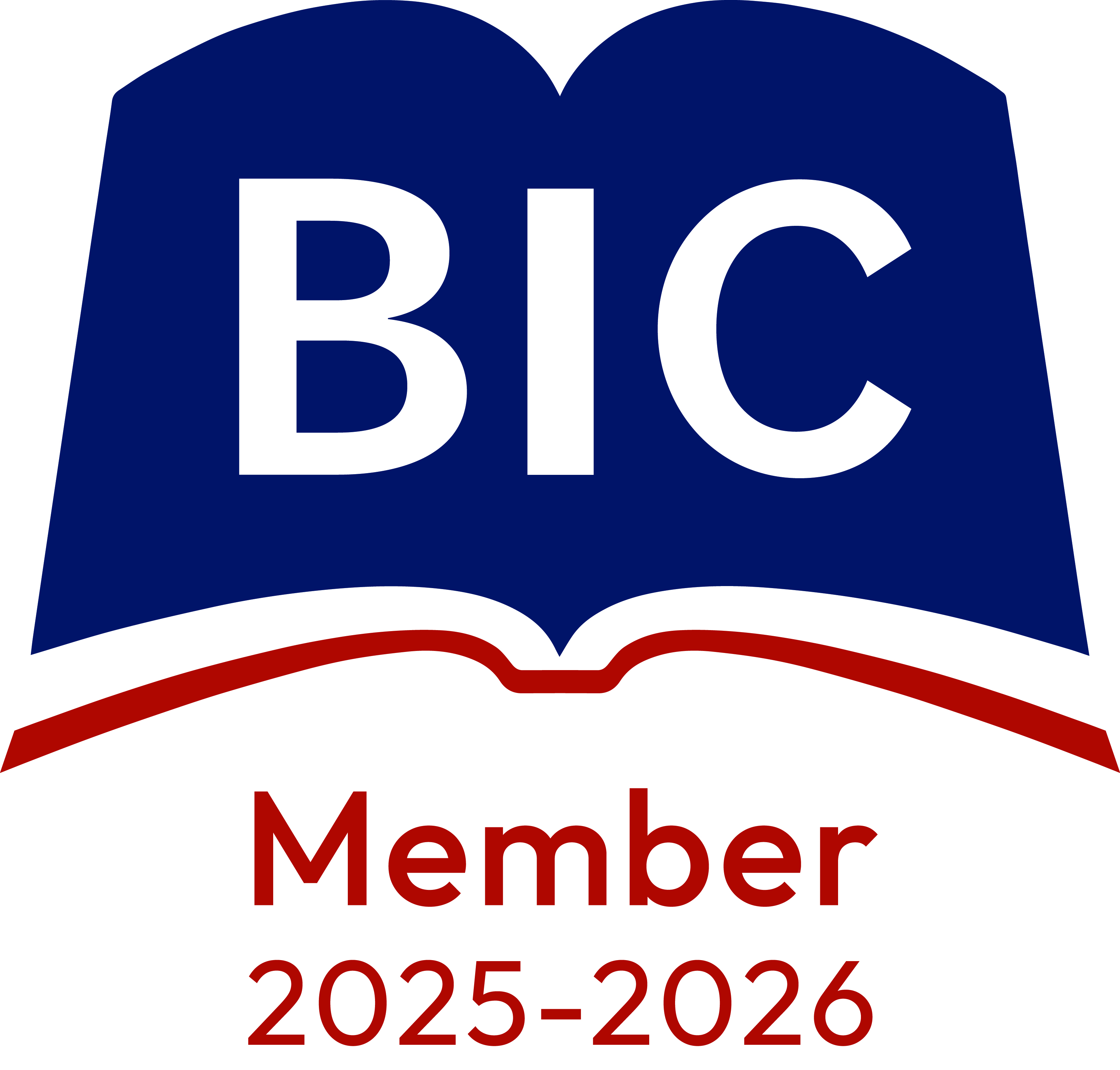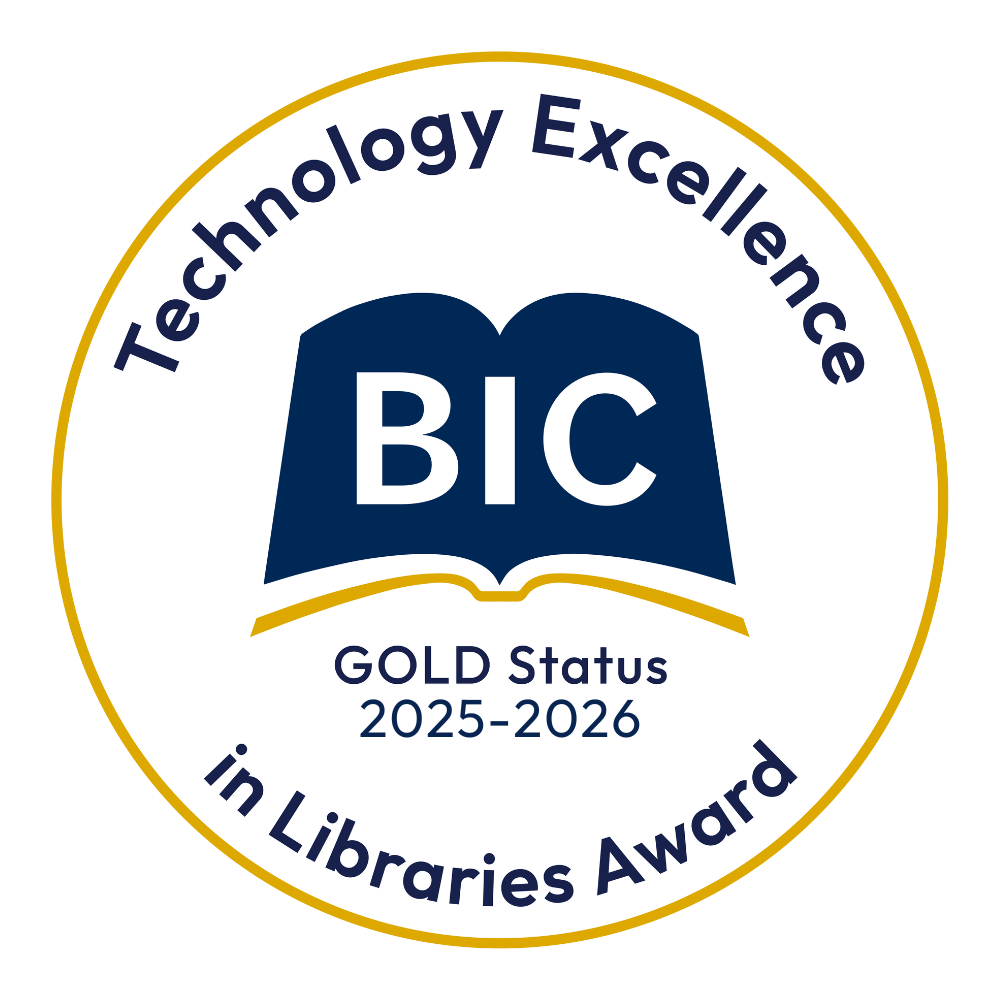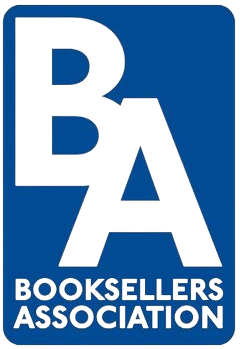Please note: We will continue to deliver your books and furniture until Thursday 18 December for schools, and Tuesday 23 December for public libraries. We will then close for the Christmas break, with deliveries resuming from Monday 5 January 2026. We wish all of our customers a very merry Christmas and a Happy New Year!
For help, advice and telephone ordering call our team on 0121 666 6646
Are you sure you wish to delete this basket?()
This action cannot be undone.
Sorry, something went wrong
Please report the problem here.
What happens at a school library audit?

February 19th 2025
School libraries are magical places, but we all know that they don't become these spaces by magic! School librarians and support staff work hard to categorise and organise stock, as well as maintain that warm and inviting environment for young visitors.
With external pressures and limited time, it's understandable that school libraries can become neglected, with stock wearing out or becoming dated. That's when a school library audit can help revitalise your library.
Zeena is one of our children's book specialists who heads into schools and helps reorganise and evaluate their library stock. If you want to find out what happens during a school library audit, read Zeena's diary of a day in the life of a library auditor!
 |
Zeena | Children's Book Specialist Zeena was a junior school teacher for 34 years before joining Peters. She has also tried a variety of other jobs including nannying, ICT, financial consultancy, and even managing a diet clinic on Harley Street, but teaching was the only thing to give her real job satisfaction. She joined the Peters team in early 2019 and is having lots of fun reading picture books! |
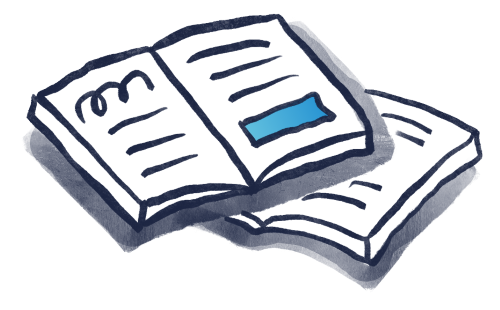
Why should you have a school library audit?A good school library is a cornerstone of a thriving educational environment. They are more than just buildings filled with books; they are sanctuaries of knowledge and history, and maintaining their vast collections is no small feat. Very few people understand the meticulous hard work that goes into maintaining the integrity and organisation of a library’s collection. So, enter the library auditor, an unsung hero, whose role is crucial in ensuring that our libraries have good order and accessibility of these collections. Every school library audit is different. We create a bespoke audit depending on the school’s requirements. Whether it’s a library audit, classroom reading corners audit or guided reading books audit, no two audits are ever the same. My diary, however, describes the most common experience we have. |
Diary of a school library auditor, by Zeena
Early morning: preparation and planning
As the first light of dawn breaks, we start our day early to ensure that we arrive well before the pupils do.
After signing in at the school office and verifying who we are (our DBS certificates are always up to date), we are shown the location of both the kitchen and the toilets. Auditing libraries is thirsty work, so hot drinks are very much appreciated!
Our first task is to have a quick meeting with the lead teacher to discuss any immediate concerns and set priorities and objectives for the day. The start of the day in most schools is busy and hectic, so it’s important to have this discussion with the school staff before they start their teaching or other leadership duties.
Once inside the library, we make notes of the layout and organization. Every school library is different. Some have librarians who work part time to maintain it; others have older pupils looking after it; some have parent volunteers. We never know what the state of the library will be in, and the anticipation can be quite nerve wracking.
Mid-morning: inventory inspection
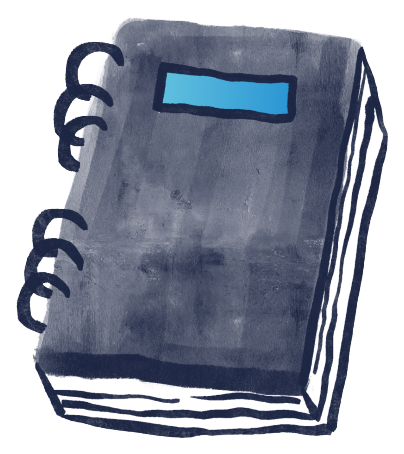 Our main morning task is to plough through hundreds of books, whether they are on shelves or in boxes.
Our main morning task is to plough through hundreds of books, whether they are on shelves or in boxes.
We separate out those books which are no longer fit for purpose. These can be tatty with pages missing, grubby with either food stains or mould, outdated (sometimes we find books from the 1950’s!), or those that have incorrect geographical information in atlases or out-of-date information in technology books.
By mid-morning we are deep into the heart of our work, with piles of books laid on either tables or the floor as we begin to reorganise the library. A misplaced book could mean the difference between a teacher or pupil finding a crucial resource for their teaching or learning, or leaving empty-handed, so where the books end up is very important.
Many library shelves are crammed full of books, making it hard for pupils to find something suitable. Consequently, these books get damaged and look very unappealing, so we remove these and make space so that pupils can locate books easily. Our goal is to create a library space with engaging books which can be easily accessed.
Picture of me at a school library audit: from chaos to categorisation!
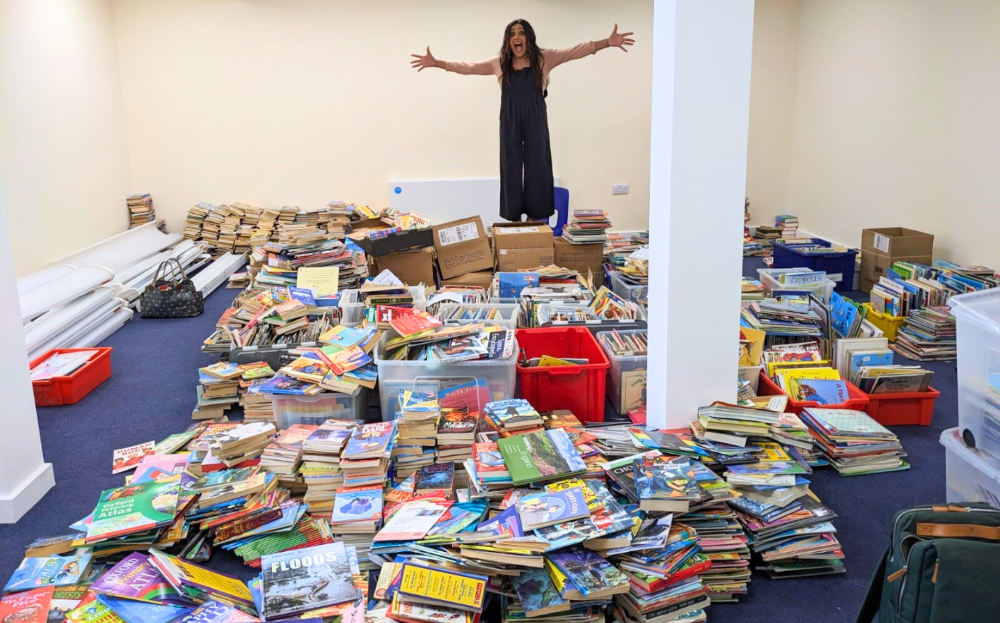
Late-morning: discarding and cleaning
We normally have a designated and agreed area where all the discarded books are placed, and this area quickly begins to fill up, much to the horror of both the staff and pupils. We have witnessed teachers wanting to reclaim a much-loved book and being upset that it is being thrown out. However, we manage to convince them that there are better alternatives being published, and we will replace it.
Some boxes of books haven’t been touched for years, and not only are they full of dust but they are also full of remnants of paper, pencils and even sweet wrappers! So a roll of bin liners is also required to throw away all the rubbish that has accumulated.
We also take cleaning wipes and clean the shelves before replacing the books. It’s not a glamourous job, so we come dressed in clothes we aren’t afraid of getting dirty.
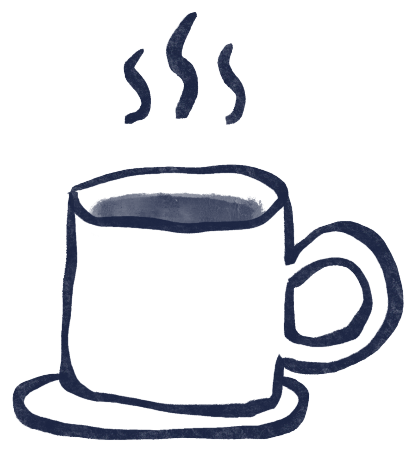 Lunchtime: reflecting and recharging
Lunchtime: reflecting and recharging
After a productive and exhausting morning, we take a very quick lunch break.
We use this time to reflect on our findings and plan for the afternoon. Our insights help us to develop strategies to improve the library’s organisation and efficiency. The process is more than just counting books; it involves verifying that each item is correctly categorised and placed.
We also discuss the patterns and trends that we have noticed, such as which sections are well resourced, and which ones require new books.
Early afternoon: categorising and organising
By the early afternoon, the library looks messy and chaotic - there are piles of books everywhere!
Our next task is to categorise and organise the books onto the correct shelves and boxes. All the fiction books are organised into younger picture books, beginner reads, short chapter books, graphic novels and junior fiction, and if we have time we will place them into author order. The non-fiction titles are organised into subject areas and if time allows, we do organise these into dewey order.
Photo of me and children's book specialist Natalie working hard and having fun at a library audit
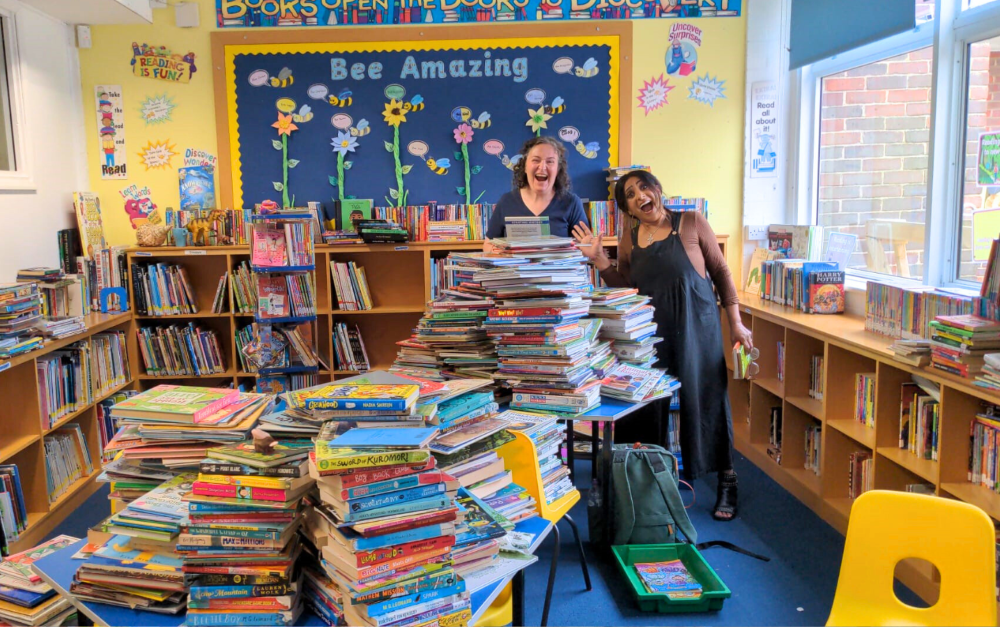
Late afternoon: feedback and reporting
By the late afternoon, much of the hard work has been done. Our next task is to ensure that the library looks refreshed, well organised and labelled correctly.
Before the end of the school day, we give feedback to the lead teacher, school librarian or any other members of the SLT. We explain our thoughts about the discarded books and what can be done with them. We identify the strengths of the library, but also the gaps and the budget required to create a dynamic learning environment that supports the intellectual and personal growth of its pupils.
We also give our advice on best practices for cataloguing and inventory management. We ensure that everyone is equipped with the knowledge and tools to maintain the library’s standards. By empowering the staff, we help to create a culture of precision and care that benefits the entire school.
Finally, the rubbish bags are thrown away, and any furniture we moved is replaced. The library is left clean and ready for the next day.
Evening: finishing off and looking ahead
With the school closing its doors for the day, we sit down with a cup of well-deserved cup of tea and review our notes in order to prepare a detailed report which clearly outlines our findings, recommendations and action plans for addressing any issues.
As we head home, we take pride in knowing that we have done a thorough job and review the days’ accomplishments.
A day in the life of a library auditor is filled with challenges, but it is also incredibly rewarding. So next time you find the perfect book right where it should be, take a moment to appreciate the meticulous work that went into making that possible.

Get in touch about our school library audit serviceOur children's book specialists like Zeena are on hand to help you. We support our schools with creating inviting spaces which best encourage children and young people to read for pleasure. From library reorganisation to stock analysis, find out how our audit service can help you take your library to the next level. Request a library audit by completing our online form. |
Read more teacher and librarian advice from our children's book specialists
|
Lucy's top 5 tips in response to the National Literacy Trust's reading in 2024 report |
 |


